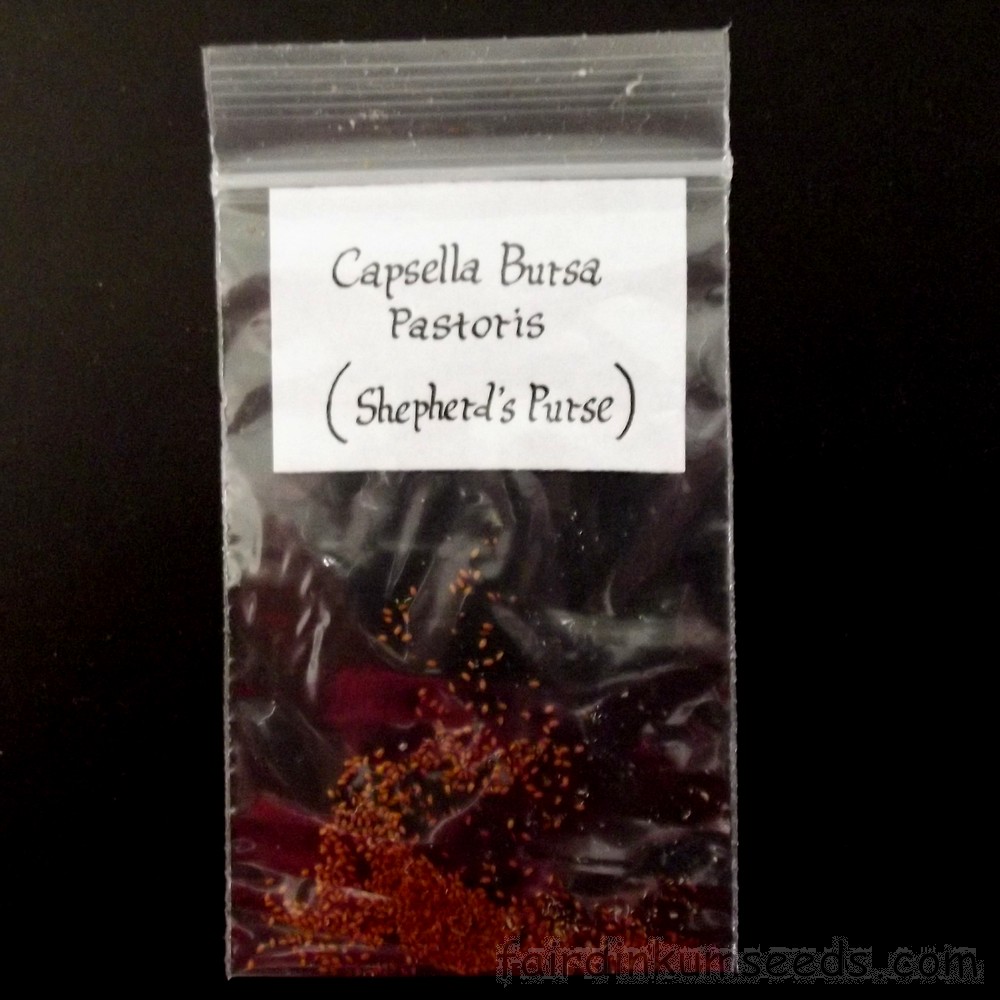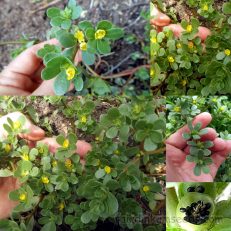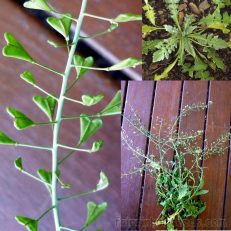Please read text!
Shepards Purse Nazuna Capsella Bursa Pastoris Seeds
Packet of 100+ seeds of this fast growing annual pot herb!
This is a really unusual little fella that is well worth growing.
It is used traditionally as a tea or as a wound healing infusion for stopping internal or external hemorrhages. Recommended for excessive menstruation or healing injuries in many different cultures, and its effectiveness has been proven by modern science time and time again.
Commonly called Shepherds Purse or Nazuna, then edible green is really quite striking, and is sometimes used in flower arrangement due to its heart shaped leaves.
Capsella bursa pastoris is super popular all around the world, either gathered from the wild or grown for food, used to supplement animal feed, for cosmetics, and for medicinal purposes.
It is commonly used as food in Shanghai and the surrounding Jiangnan region, where they are stir-fried with rice cakes and other ingredients or as part of the filling in wontons. It is one of the ingredients of the symbolic dish consumed in the Japanese spring-time festival, Nanakusa-no-sekku. In Korea it is known as naengi and its roots are one of the ingredients of the characteristic Korean dish, namul (fresh greens and wild vegetables).
Infusion is excellent for stopping internal and external hemorrhages. Recommended for excessive menstruation.
Capsella bursa-pastoris herb has been used in the traditional Austrian medicine internally as tea or tincture, or externally as tincture, tea or ointments, for treatment of disorders of the skin, locomotor system, cardiovascular system, hemostasis, and gynaecologic problems. Fumaric acid is one chemical substance that has been isolated from C. bursa-pastoris.
Used by 17th century apothecary and herbalist, Nicholas Culpeper, who recommended that ‘the juice being dropped into the ears, heals the pains, noise and mutterings thereof’.
Another interesting use for the seeds is, when sprinkled in shallow water, apparently it attracts mosquito larvae. It releases a gummy, sticky substance as it swells that binds the insects mouth to the seed. The seed also releases a substance toxic to the larvae. ½ kilo of seed is said to be able to kill 10 million larvae. As the water level of the flooded land drops the seed germinates, and the dead trapped mosquito larvae attached to each seed becomes fertiliser for the seedling. That makes them a proto-carniverous plant.
Cool hey!
Plants can also be grown on salty saline soils in order to reclaim it, by absorbing the salt and ‘sweetening’ it, or so the internet tells me…
Grown by me and the Mrs organically, no chems, no nasties, no problems!!!






